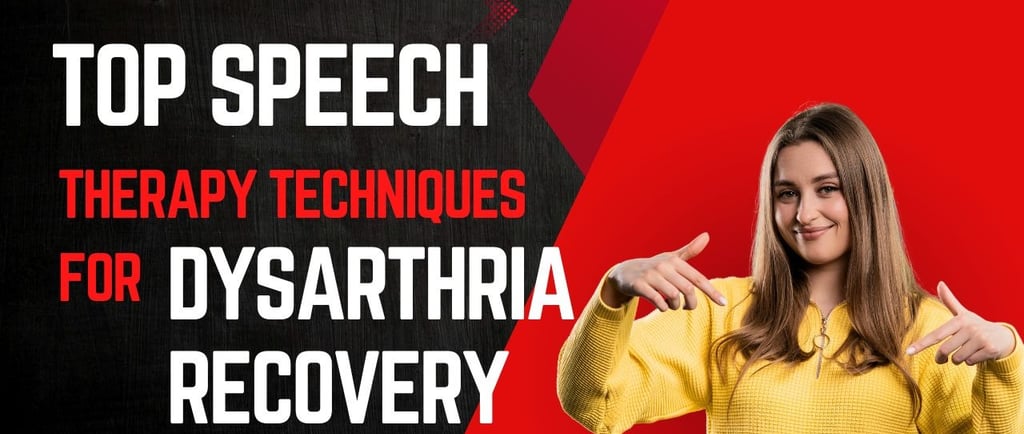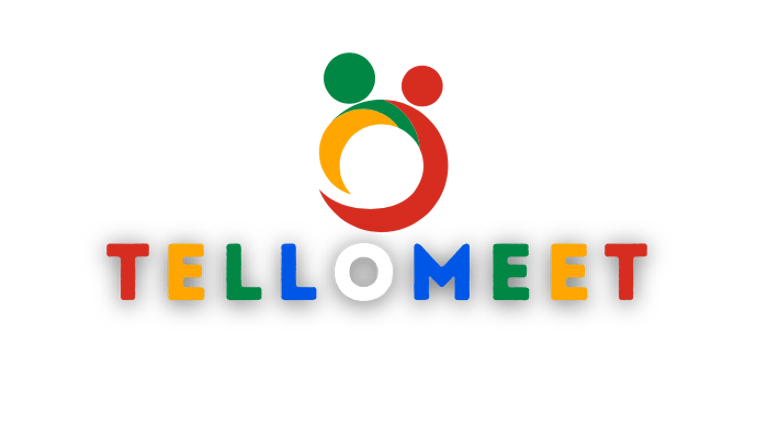Online Speech Therapy Platform
Top Speech Therapy Techniques for Dysarthria Recovery
Discover proven strategies and home exercises that help improve speech clarity in people with dysarthria. Start your recovery journey today.
DYSARTHRIA
selvakumar
7/18/20252 min read


🧠 What Is Dysarthria?
Dysarthria is a motor speech disorder caused by muscle weakness, paralysis, or poor coordination, often due to stroke, brain injury, Parkinson’s disease, or neurological conditions. People with dysarthria may struggle with slurred, slow, or unclear speech—but with the right therapy, communication can significantly improve.
This post highlights evidence-based techniques used by speech-language pathologists and offers practical exercises that can be done at home.
🛠️ Evidence-Based Techniques for Dysarthria Recovery
1. Oral Motor Exercises
These exercises strengthen the muscles involved in speech.
Lip Stretches & Puckering – Helps improve articulation.
Tongue Resistance – Pressing the tongue against a spoon or depressor.
Jaw Movements – Controlled opening and closing to improve coordination.
✅ Goal: Improve muscle control and strength.
2. Breath Support Training
Controlled breathing is essential for clear speech.
Diaphragmatic Breathing – Breathe deeply using the diaphragm.
Sustained Vowel Sounds – Prolong “ah,” “ee,” or “oo” sounds while focusing on steady airflow.
✅ Goal: Increase volume and vocal endurance.
3. Pacing Techniques
Slowing down speech helps with clarity.
Tapping Technique – Tap your hand or finger with each syllable spoken.
Use of a Pacing Board – Move a finger across boxes to pace each word.
✅ Goal: Improve intelligibility by reducing rushed speech.
4. Over-Articulation (Exaggerated Speech)
Encourages precise pronunciation.
Say words slowly and clearly, emphasizing each sound.
Practice words like “butterfly,” “television,” or “communication.”
✅ Goal: Improve speech clarity and reduce slurring.
5. Mirror Work
Using a mirror while speaking allows for visual feedback.
Observe lip and tongue movements.
Correct placement for clearer sound production.
✅ Goal: Build awareness and control of articulation patterns.
6. Pitch and Loudness Control
Training to modulate voice tone and loudness.
Pitch Glides – Slide your voice from low to high pitch.
Volume Practice – Alternate between whispering and speaking loudly.
✅ Goal: Improve vocal variety and effectiveness.
🏡 Home Exercises for Daily Practice
To support clinic-based therapy, try these:
📖 Reading Aloud – 5–10 minutes of slow, clear reading daily.
🗣️ Daily Conversations – Engage in meaningful talk with family/friends.
🎵 Singing or Humming – Great for rhythm and breath control.
📱 Record & Listen – Use your phone to monitor progress.
🔁 Consistency is key. Repeat exercises daily for best results.
🧑⚕️ When to Seek Professional Help
While home exercises are helpful, a speech-language pathologist (SLP) creates personalized plans based on your needs. At TelloMeet, our licensed therapists offer teletherapy for adults with dysarthria and other neurological speech disorders.
✅ Final Thoughts
Dysarthria may change the way you speak, but speech therapy offers hope and real results. With dedication, support, and evidence-based techniques, many people regain their ability to communicate clearly.
If you're ready to start your recovery journey, contact TelloMeet for professional, compassionate care—right from your home.
